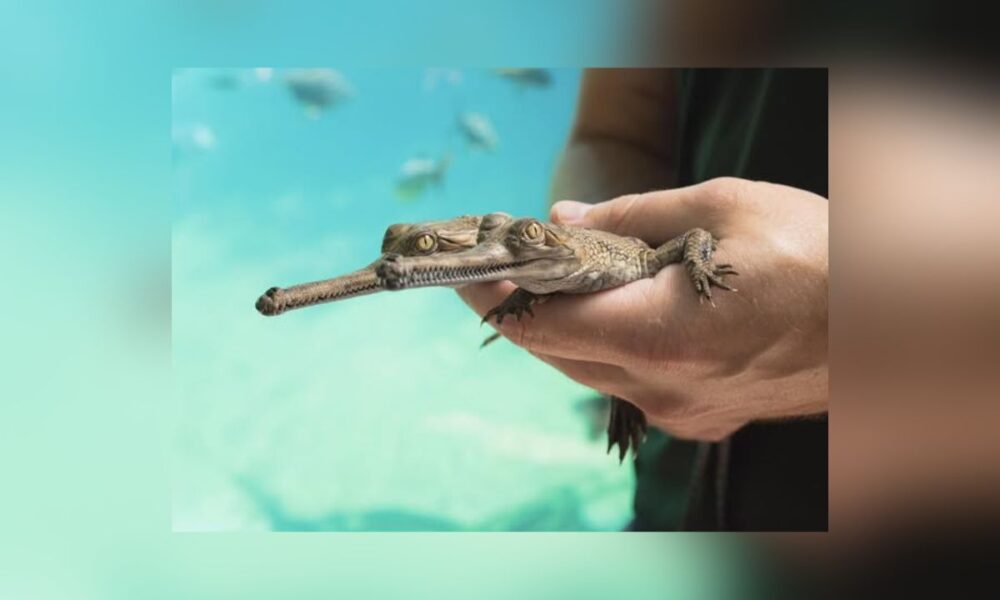The Fort Worth Zoo has achieved a historic milestone in conservation, marking its third consecutive year of successfully hatching critically endangered gharial crocodiles.
The two new hatchlings emerged on June 5 and June 11, making the zoo the only North American institution to produce multiple gharial offspring and to do so repeatedly, reinforcing its role in preserving the species.
The gharials, distinguished by their long, slender snouts, which are well-suited for fish hunting, are listed as critically endangered by the International Union for the Conservation of Nature due to habitat destruction, pollution, and river fragmentation. The two hatchlings came from separate clutches laid by different females, which will contribute to diversifying the species’ gene pool.
“To have continued success for a third year in a row means that, in addition to having more of these beautiful and imperiled crocodiles for the future of the species, we are able to further refine our breeding, incubation, and hatchling husbandry techniques as each year informs us more and more,” Vicky Poole, associate curator of ectotherms at the Fort Worth Zoo, told Fox 4 KDFW.
The zoo’s gharial habitat, established in 2010 within the Museum of Living Art, features regulated water temperatures, gently sloped waterfronts, and heated sand to encourage breeding. The hatchlings, currently just over 12 inches long, will grow significantly, with males potentially reaching 16 feet in length and weighing up to 1,500 pounds, and females slightly smaller.
The new hatchlings, along with those from 2023 and 2024, are being raised behind the scenes for close monitoring and observation. The zoo is planning a public gharial hatchling habitat for future visitor viewing. Adult gharials can be seen at the Museum of Living Art.
The Fort Worth Zoo’s efforts, spanning nearly 15 years, are advancing breeding and rearing techniques, which are shared with scientists and institutions nationwide to support the species’ survival.


